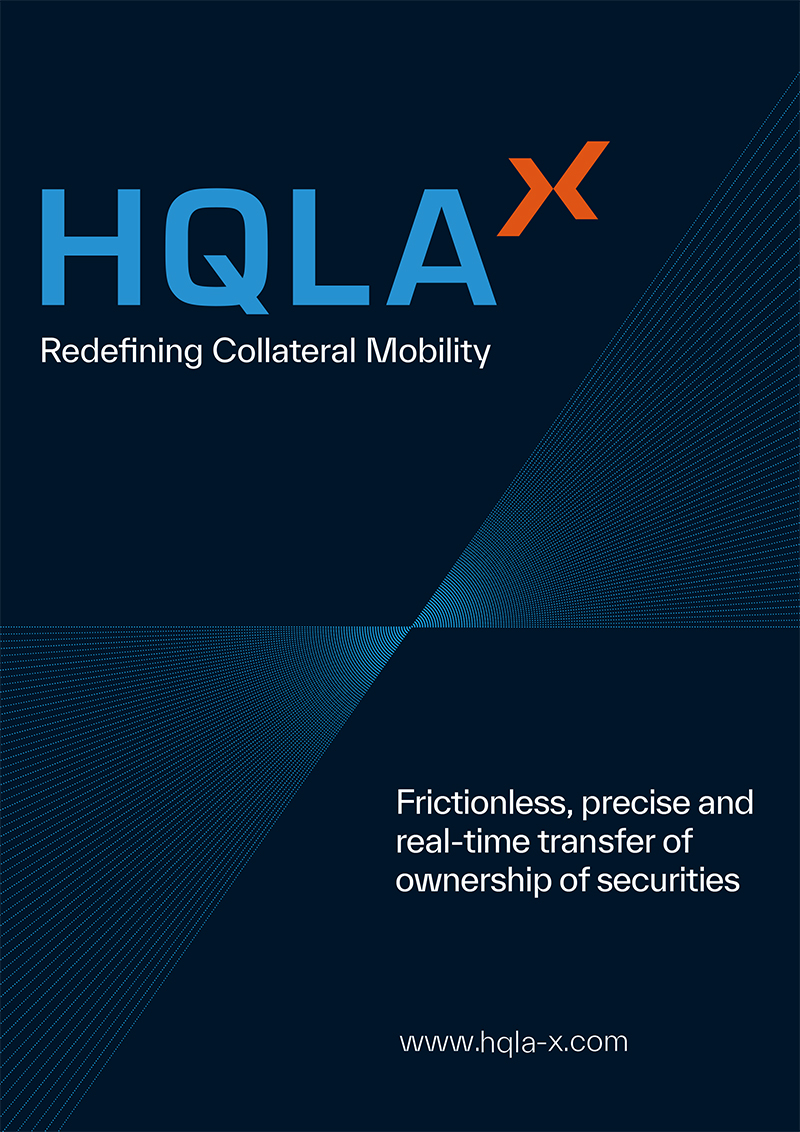Market participants discuss the potential for ESG regulatory governance for the securities lending product, following preliminary moves by the Financial Conduct Authority to improve trust and integrity in services sold as sustainable. Carmella Haswell reports
Three years ago, in a widely-referenced statement, Japan’s Government Pension Investment Fund (GPIF) announced that it would cease its securities lending activities, stating that this practice is inconsistent with its responsibilities as a long-term investor. This action by GPIF, which manages retirement savings on behalf of the Japanese government, represented a significant landmark in prompting the securities finance industry to examine how environmental, social and governance (ESG) standards should be applied to securities lending activities.
“It was the first time that ESG and securities lending were put in the same sentence and it caused people to take a look at what can be done to integrate sustainability factors into the product,” says Farrah Mahmood, director of regulation and sustainability at ISLA. “It was the shock the industry needed to see. If this is the perception of what securities lending is, then the sector needs to educate others in the hopes that it does not happen again.”
An increasing fixation on ESG principles has led to the creation of ESG dashboards, which allow firms to better understand and monitor their ESG ratings. Darren Crowther, general manager of securities finance and collateral management at Broadridge, notes data quality, data timeliness and regional aspects of data are three focal points for fintechs in delivering ESG ratings.
Owing to a lack of data quality and consistency in evaluation, fintechs are finding challenges in drilling down into vertical ESG scores, for example green credentials or diversity and inclusion ?— where certain funds will have a specific interest in these criteria for voting, governance and other decisions. However, with higher data quality, it would be easier for fintechs to build solutions which provide consistent results across all regions and organisations.
Crowther continues: “There are two ends to workflow, getting the data quality and timeliness up to a level which allows for consistency, which in turn can be used for assisting with automation or validation of acceptability when talking about collateral. As a step in the correct direction, there are a variety of vendors who are starting to provide ESG vertical ratings.
“There is an ongoing initiative in Europe to regulate how you scope and score organisations. This should help the journey to standardisation. Without this, each organisation will take a view on ESG scoring which is specific to them.”
In terms of regionality, Crowther noted at the Canadian Securities Lending Association’s annual conference that making ESG scoring fit in this area in the early stages will be difficult, because in some jurisdictions there is not an infrastructure and assessment framework in place with the scale that has been established in the US and Canada. “There is a journey for us to offer technology when the data is ready, but also when the market in that region really needs it,” says Crowther. “In Canada and Central Europe at this time, there is a big demand.”
A regulatory perspective
The International Securities Lending Association (ISLA) released its Global Framework for ESG and Securities Lending (GFESL) in May 2021. The paper aims to provide a starting point to aid institutional investors in applying ESG principles to their securities lending programmes in alignment with their organisational policies on sustainability. GFESL covers proxy voting, collateral, cash collateral and transparency. The CASLA panel recognises the importance of integrating ESG criteria within collateral management, which some firms have instilled within their collateral eligibility criteria.
Ed Corral, managing director and global head of Collateral Strategy at J.P. Morgan, suggests collateral management can support ESG as long as the industry is able to provide transparency. He says: “Nasdaq recently announced two more ESG indices covering the Scandinavian market. Using the available indices, collateral management can support it and you can customise it. You need global communication around this issue on standards. If there was ever an issue that was truly global, it is ESG.”
Further to this point, the Global Principles for Sustainable Securities Lending (Global PSSL) has become a prominent force in the journey to advance sustainable securities lending. The not-for-profit community interest company has aided global communication around the issue on standards through its workstreams. These workstreams aid the implementation of high-level principles and aim to provide a medium through which the securities lending industry can engage in dialogue that makes an impact.
Alongside 17 opening signatories — including Standard Chartered, Sharegain and eSecLending — the Global PSSL launched its revised principles at the end of last year. These aim to promote and embed ESG matters and Sustainable Development Goals (SDG) in securities lending activities. The principles involve the alignment and development of sustainable finance, increased transparency and accountability in securities finance, and sustainable finance collateral that is interconnected.
Given the importance of these factors in shaping the future direction of securities lending, it is possible that some form of regulatory governance could be applied to uphold ESG standards in lending activities. To date, there is no specific regulation that targets the securities lending product. However, the Financial Conduct Authority is looking in this direction, according to ISLA’s Mahmood.
In January, ISLA responded to the UK regulators sustainability regulation consultation, where the FCA specifically asked about the treatment of short selling securities lending and derivatives.
Farrah explains: “It is important to understand the different types of products and the way that they work and how some products can be a sustainable product in their own right — for example, you can have a sustainability-linked derivative, or a short selling strategy for real world impact for example.
“However, you are never going to get that with securities lending. It is an ancillary service, but an important investment tool that can be used for liquidity and hedging purposes. However, it will never be a sustainable product in its own right, therefore, it has to be looked at differently from a regulatory perspective.”
The FCA has outlined a rationale for the regulation of certain ESG data and rating providers, which would require HM Treasury to introduce legislation.
In line with IOSCO’s recommendations, the FCA would support a future regulatory regime for ESG data and rating provision based on four key outcomes: transparency, good governance, management of conflicts of interest and robust systems and controls.
Sacha Sadan, director of environment, social and governance at the FCA, comments: “At the heart of our recent strategy on ESG is the need to build trust and integrity in financial instruments and products that are sold as sustainable. As our recent discussion with industry and other stakeholders shows, that requires close international cooperation on standards and actions right across the market – including closer oversight of issuers of ESG-labelled debt instruments, and bringing ESG data and rating providers into regulation to promote greater transparency and good governance.”
Despite the universal benefits of implementing ESG throughout the securities lending space, there are pain points that could negatively impact the sector if regulated.
Broadridge’s Crowther warns that challenges could appear if regulators get involved in setting rules individually. He says: “It will become very costly to support and it will become very complicated, especially when speaking on behalf of lenders, because you may have different regulations for different countries, with different clients looking for different things.”
The educational aspects provided by market bodies in bringing awareness to this issue is a key factor in tackling these challenges. Additionally, having a strong policy in place at the Global Alliance of Securities Lending Associations (GASLA), and other market bodies, is an important factor in proving to regulators that securities finance is well managed.
Furthermore, Crowther believes this will allow time for the industry to fully understand what ESG means to their business and their clients. In turn, the industry can move toward some kind of standard scoring approach. “Bringing regulation in at the beginning could be costly for organisations and possibly stop some organisations from being able to trade,” Crowther notes.
Following on from Crowthers comments, Mahmood adds: “It has got to be flexible enough. The problem we have is that we are all good at following rules-based legislation, but ESG is values-based and everyone's values are different, so you would have to factor that into any piece of legislation. It is forever evolving. For instance a couple of months ago you would not have expected to see defence stocks in an ESG portfolio, but now it could be considered green, in light of recent events.”


